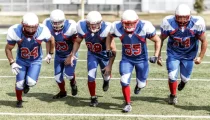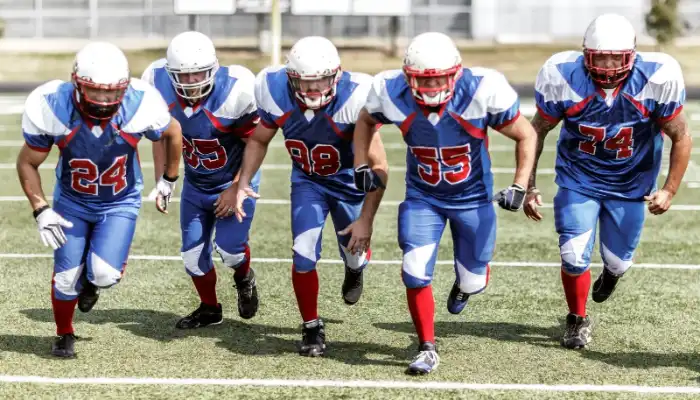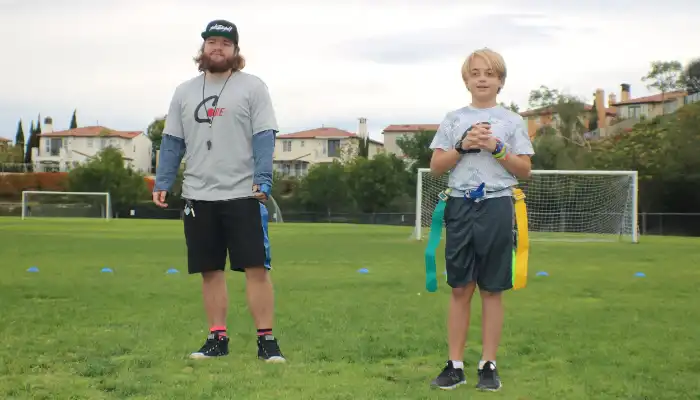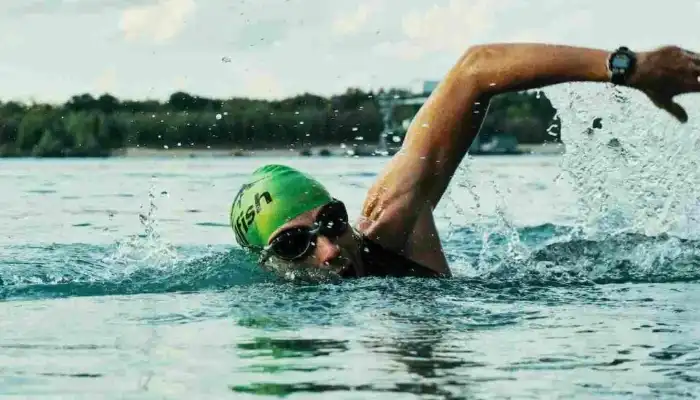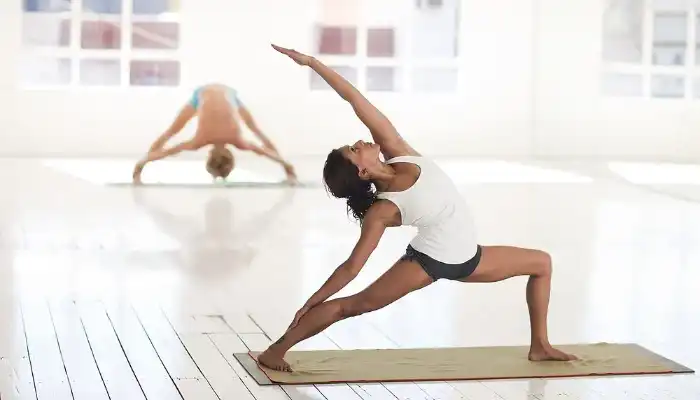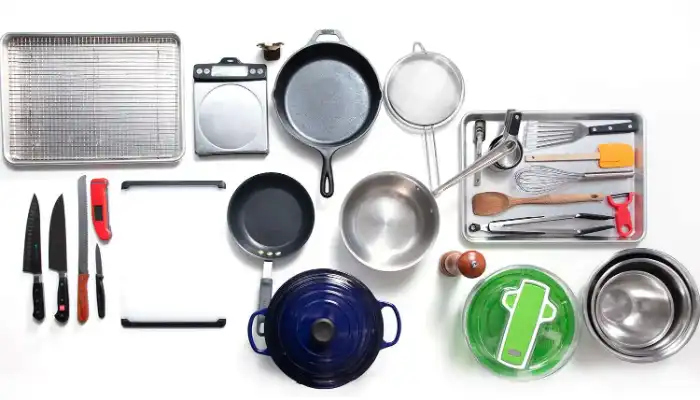The crowd’s roar, the blindingness of the stadium lights, and having to do their best create a thrilling, albeit much thought-consuming athletic world. Indeed, physical prowess is very important but an athlete’s success depends equally on their psychological strength. This is where sports psychology offers its insights.
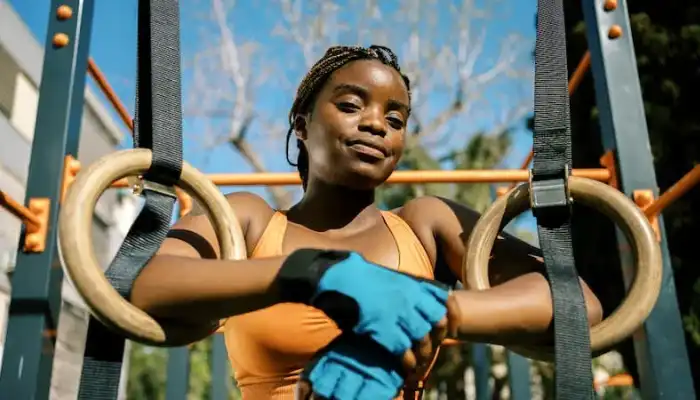
What Is Sports Psychology?
Sports psychology addresses the relationship between the mind and performance in sports. It examines how mental factors which include thoughts, feelings, and behaviors can affect sports participation, performance, and well-being. Below are the reasons why athletes should understand this area.
- Mind-Body Connection: Peak athletic performance involves more than just physical strength and skill; it is about using one’s mental capabilities to manage emotions, and attention span as well as execute technical skills impeccably under pressure. With this gap between mind and body, sports psychology provides tools that athletes will need to bridge the gap.
- Optimizing Performance: Through sports psychology mental training techniques can enable athletes to concentrate better, build self-assurance as well as cope with pre-match apprehensions. This leads to improved judgment-making ability, faster reaction time, and eventually better outcomes at play.
- Mental Toughness: Sport brings out lots of emotional ups and downs. Victories spur motivation while disappointments result in anger or self-doubt. Therefore, through sports psychology athletes learn valuable strategies for dealing with failure, overcoming injuries, and maintaining a positive mindset.
Key Aspects of Sports Psychology
Different strategies are used by a sports psychologist depending on each athlete’s needs. Here are some key components:
- Mental Skills Training: Training the brain for optimum performance is what is referred to as mental skills training. Examples of such techniques comprise goal setting and positive self-talk among others that assist players in charting a clear path towards achieving success before competitions start.
- Goal Setting: Clear attainable goals give direction or purpose in life thus; they motivate one to work hard and be successful. In this regard, sports psychologists help athletes design SMART (Specific, Measurable, Achievable, Relevant, and Time-bound) goals that are demanding but at the same time within reach.
- Visualization Techniques: Athletes rehearse or visualize themselves doing things right. By creating mental images of them executing skills perfectly under pressure, they can enhance their confidence level, and motor ability and prepare for competition psychologically.
- Stress Management: Pressure is always part of any sporting activity. In high-pressure situations sports psychology teaches athletes how to use relaxation techniques like breathing deeply, meditating as well as progressive muscle relaxation to stay calm amidst all these stressful conditions.
- Confidence Building: It is very disheartening when one doubts himself/herself. Sports psychologists use such approaches as positive affirmations and cognitive restructuring to change athletes’ negative mindsets thereby; helping an athlete build self-belief and inner confidence.
The Role of Sports Psychologists
Sports psychologists act as guides and mentors who aid in navigating through the psychological complexities associated with athletic competitions. Here is a glimpse at how they contribute to success in athletics:
- Customized Strategies: Instead of using universal interventions, sports psychologists come up with unique methods that match particular needs or difficulties each player has.
- Performance Enhancement: Working together with athletes, they develop customized mental training programs that lead to improved performance thus enabling them to realize their maximum potential in games.
- Mental Toughness Development: It concerns tools given by sports psychologists to overcome such mental barriers e.g., performance anxiety fear of failure, and post-competition slumps.
- Injury Recovery Support: In addition to performance, sports psychology is an essential part of rehabilitation for athletes injured. Mental training techniques help ensure that athletes remain positive during the recovery process and come back to competitions with confidence.
Revealing the Benefits of Sports Psychology
Sports psychology isn’t all visualization exercises and motivational speeches, although they can be useful as well! It takes a wider approach to mental health leading to various results for sportspersons:
- Improved Focus and Concentration: Athletes learn how to shut out distractions, filter out anxieties, and concentrate on what they are doing. This concentration allows them to perform intricate skills flawlessly under duress.
- Better Decision-Making Under Pressure: Playing sports involves throwing curveballs at competitors. By training the mind, this discipline equips athletes with abilities to quickly assess situations, calmly evaluate options, and make sound decisions in such moments.
- Building Resilience: In every game there are failures. Athletes gain the ability to bounce back from defeats, grow from their failures, and keep their motivation in the face of challenging times.
Beyond Performance: A Holistic Approach
The importance of sports psychology goes way beyond winning. Here are more areas where it could have significant impacts on an athlete’s life:
- Injury Prevention and Rehabilitation: Mental conditioning plays a critical role in preventing injuries. Focus can be sharpened by mental rehearsal or self-talk during practice sessions thus reducing errors that cause injury while training. Similarly, sports psychologists play a vital role in aiding athletes through mental barriers experienced during recuperation making it quicker for them to return on track with minimum struggles.
- Confidence and Self-Belief: Feeling unsure about oneself is not good for performance. Through sports psychology, athletes develop self-confidence which creates a belief that they have what it takes within themselves hence the ability for realization of their dreams.
- Effective Coping Mechanisms: There can be a lot of stress with competition. Sports psychology provides athletes with healthy ways to handle the pressure of being in a game, anxiety, and even fear of failure, which allows them to stay calm and perform better.
Challenges and Considerations: Embracing the Mental Game
Sports psychology is not a quick fix. Here are some things to think about:
- Misconceptions and Stigma: Some athletes or coaches might misunderstand sports psychology, viewing it as a sign of weakness. The solution lies in educating people and promoting open-mindedness.
- Resistance to Change: Athletes accustomed to a certain training regimen might be hesitant to embrace new mental training techniques. The process should be handled slowly and as an all-inclusive approach.
- Measuring Results: Evaluating the effectiveness of mental training can be an individualized, subtle affairs. Until objective metrics are developed, coaches and athletes must rely on performance outcomes together with feedback captured from individuals’ well-being journals.
Building the Champion’s Mindset: Implementing Sports Psychology
Therefore how do sportsmen/women and their trainers incorporate sports psychology into their programs?
- Mental Skills Training: Include mental skills training alongside physical conditioning. This could involve activities such as visualization, goal setting, relaxation techniques, positive self-talk, etc.
- Personalized Approaches: One size does not fit all. Personal approaches that cater to each athlete addressing his/her specific needs as well as objectives must be sought after by sports psychologists.
- Collaborative Teamwork: Effective implementation requires collaboration between coaches, athletes, and sports psychologists. For this reason, there needs to be an understanding that comes through open communication between these parties together with what is it that an athlete wants.
Conclusion
Today’s highly competitive world of athletics requires that thinking fit should not be an option, but it is a must. By accepting the use of sports psychology and having mental training as a priority alongside physical preparation, these competitors tap into hidden reservoirs of potentiality. Just imagine what would happen in case somebody could perform at their highest level while being capable of handling emotions and navigating through setbacks without drawing too much attention – this is the power of a champion’s mindset developed by sports psychology. Take charge of your own mind games and see your life in sports taking off.


